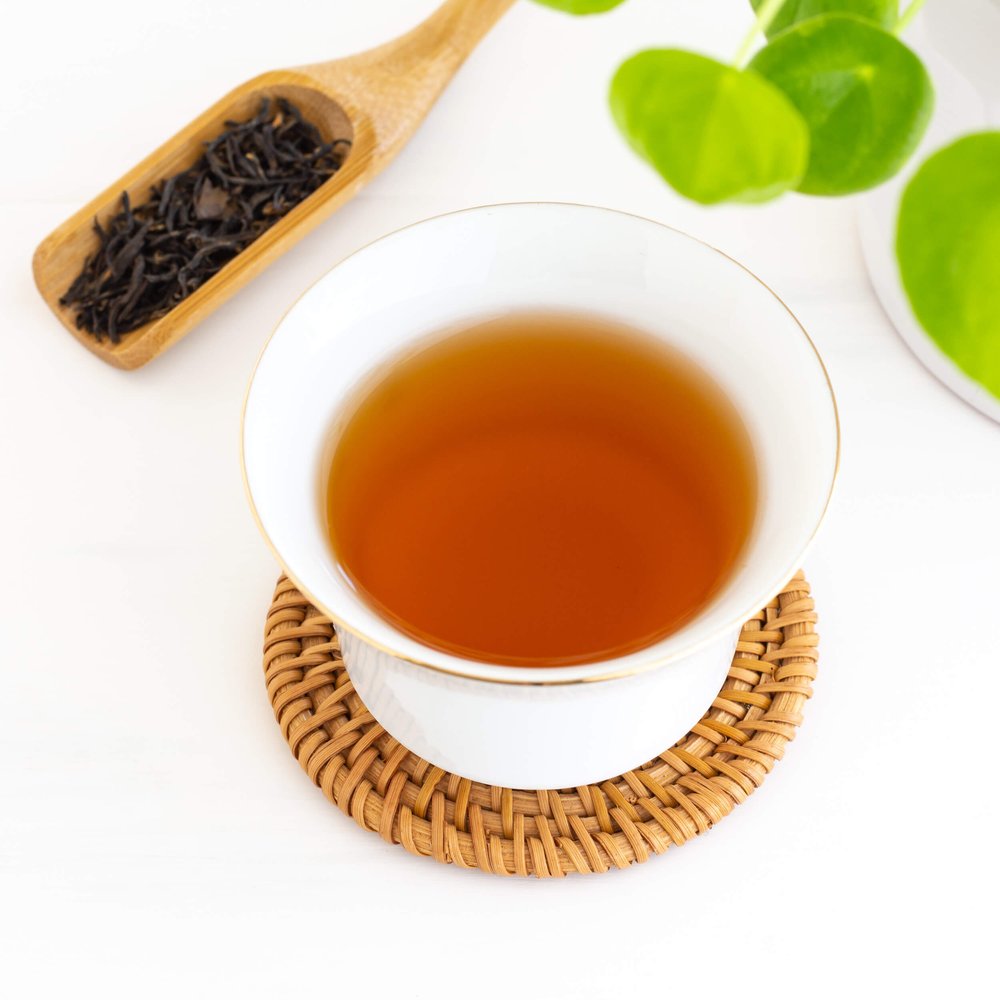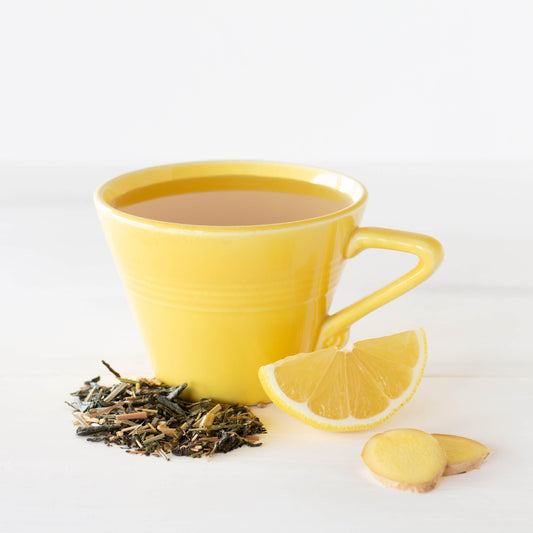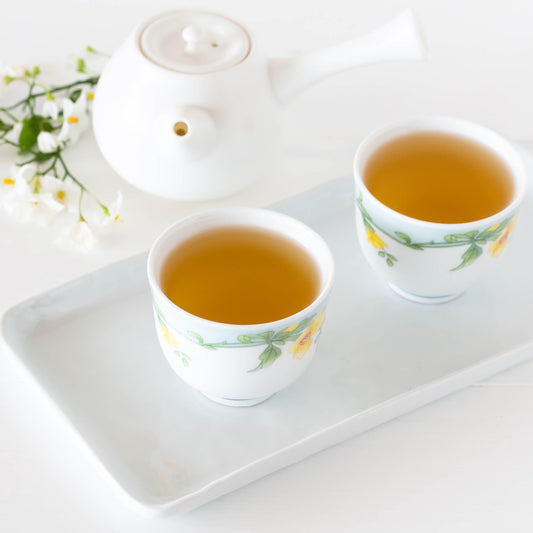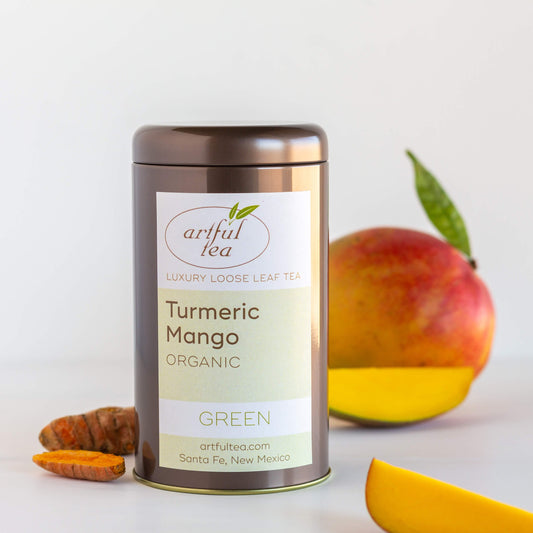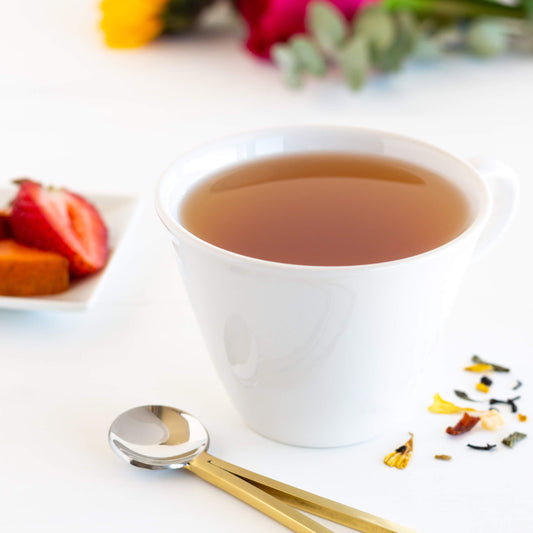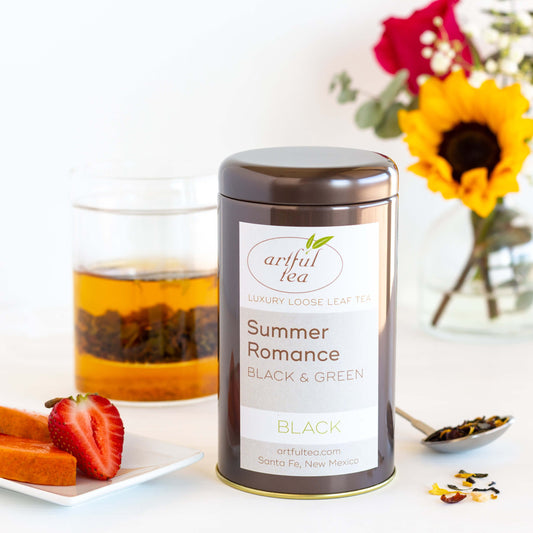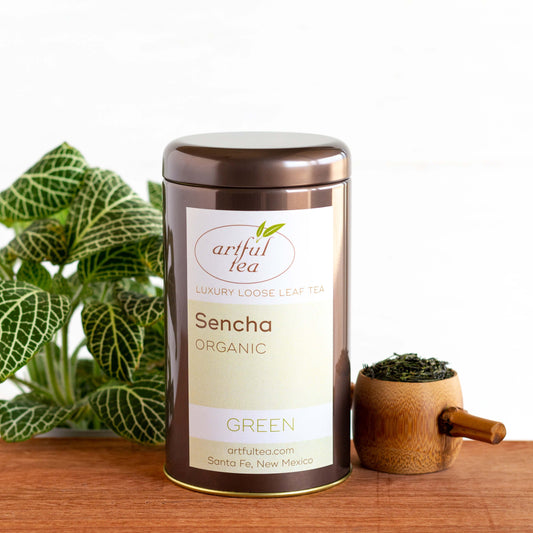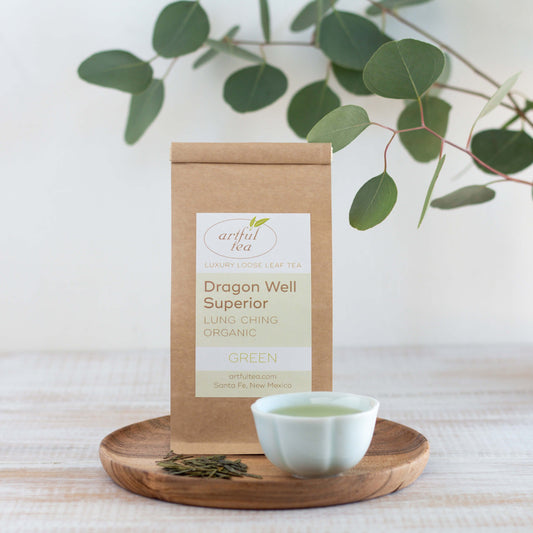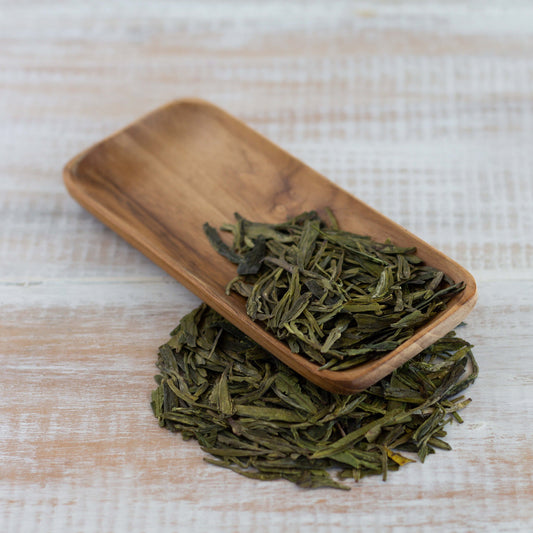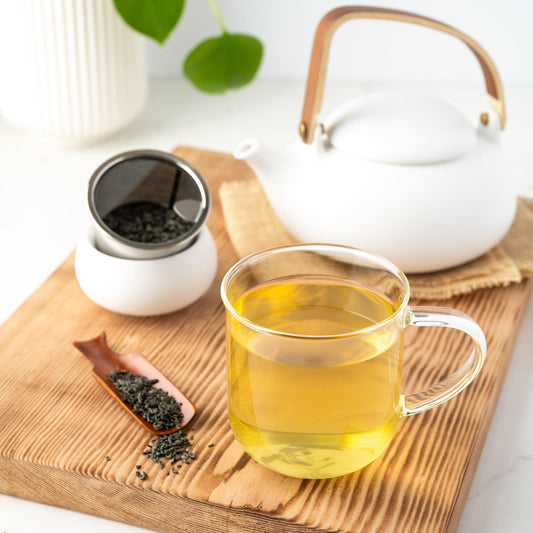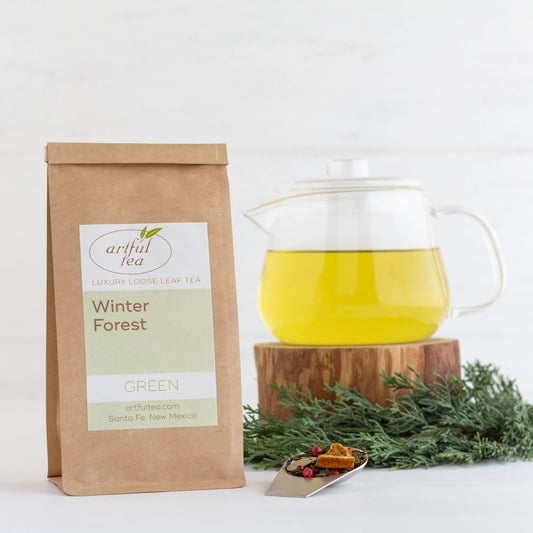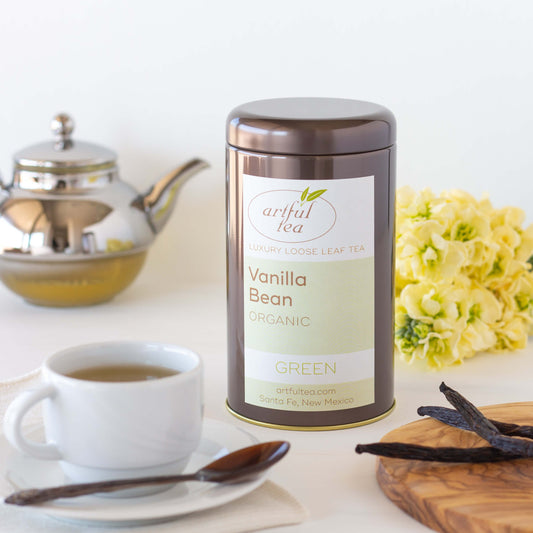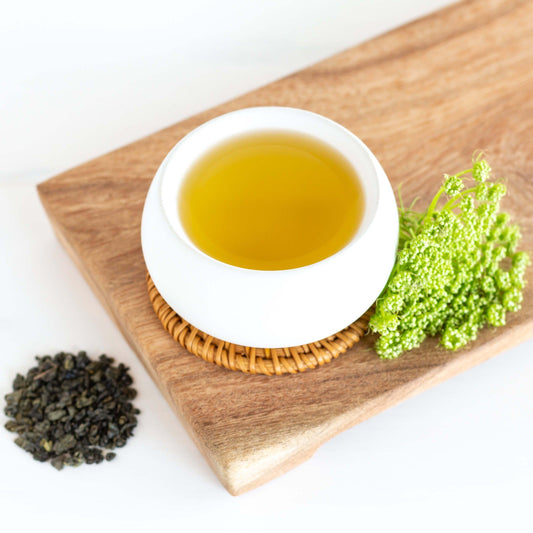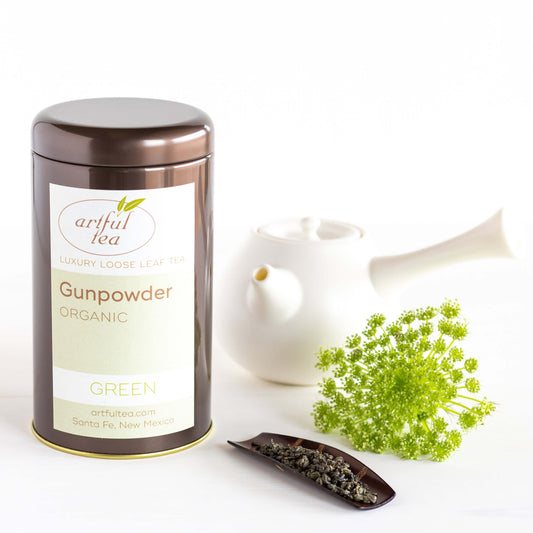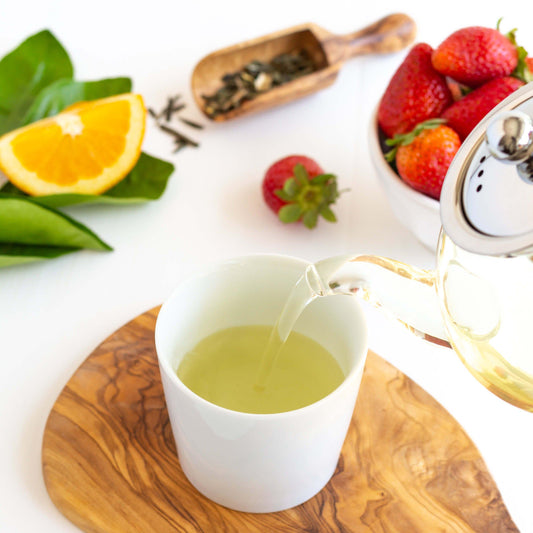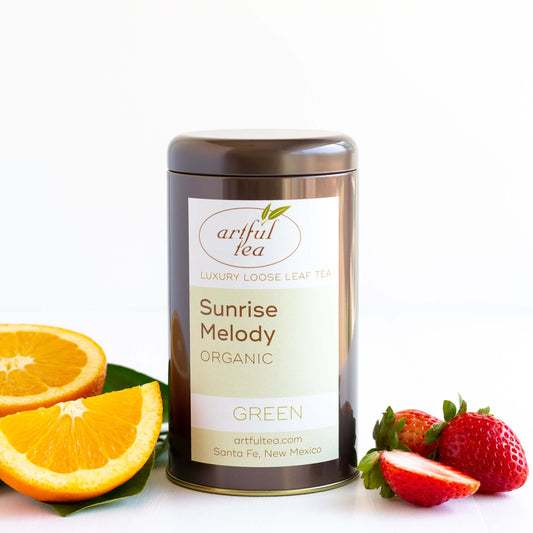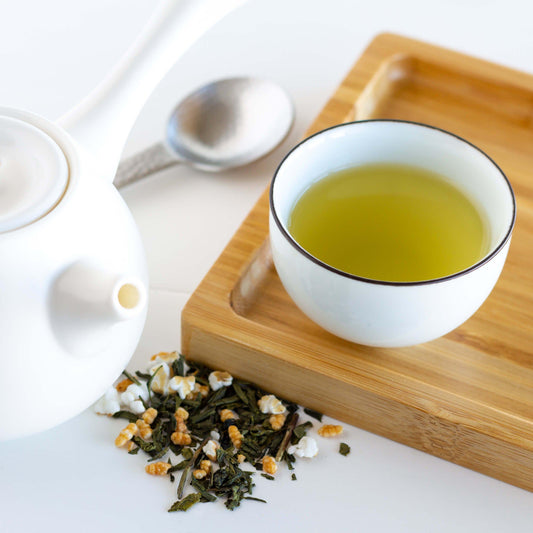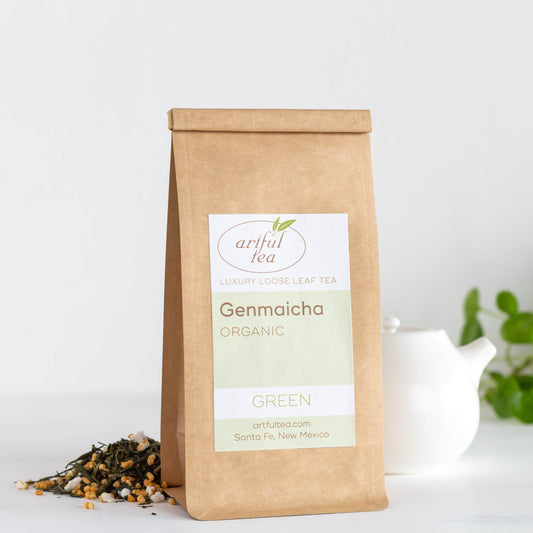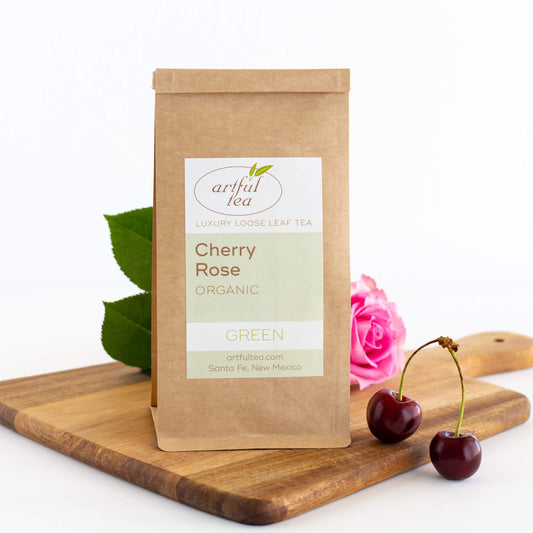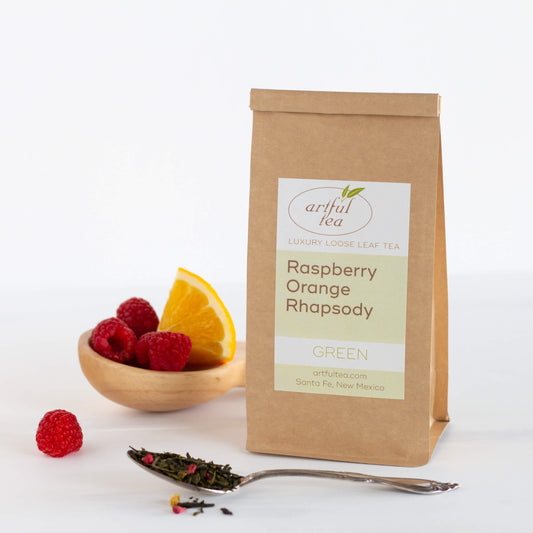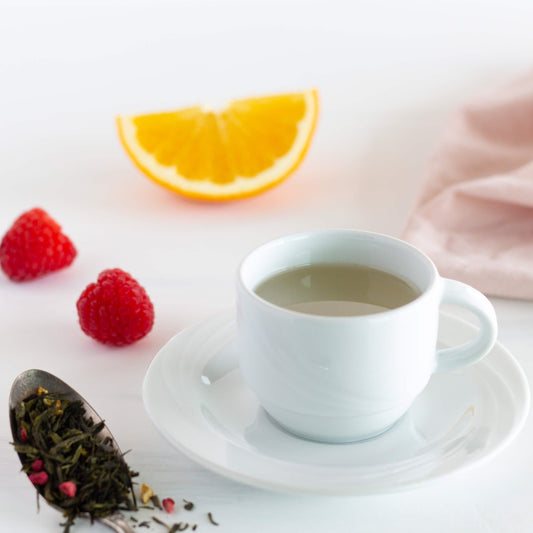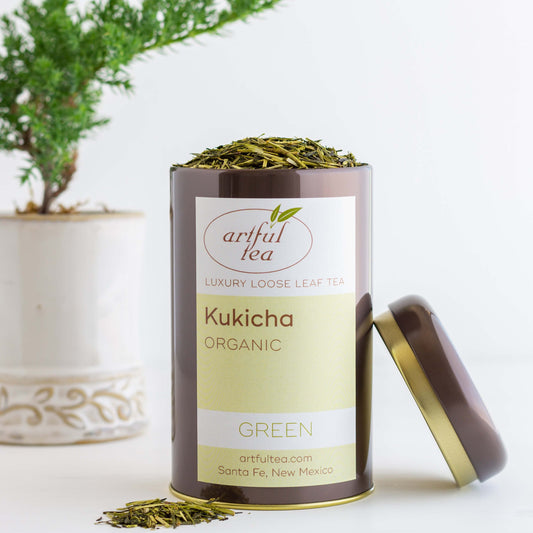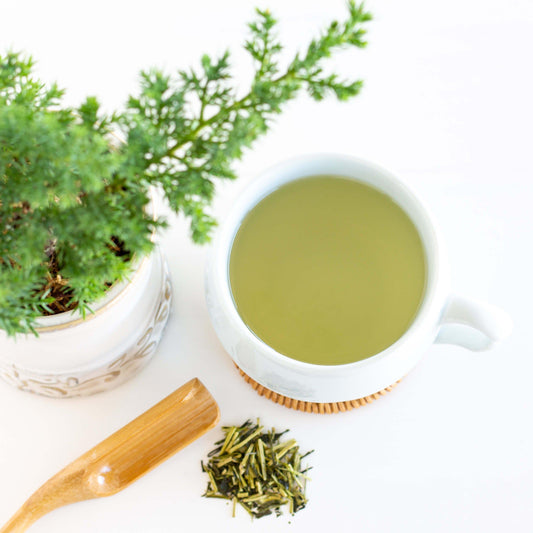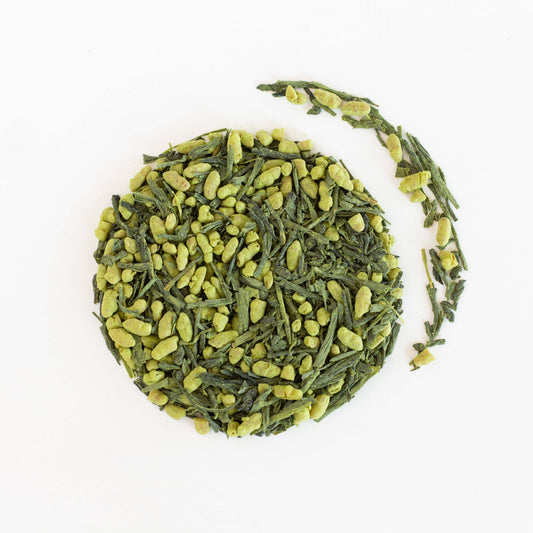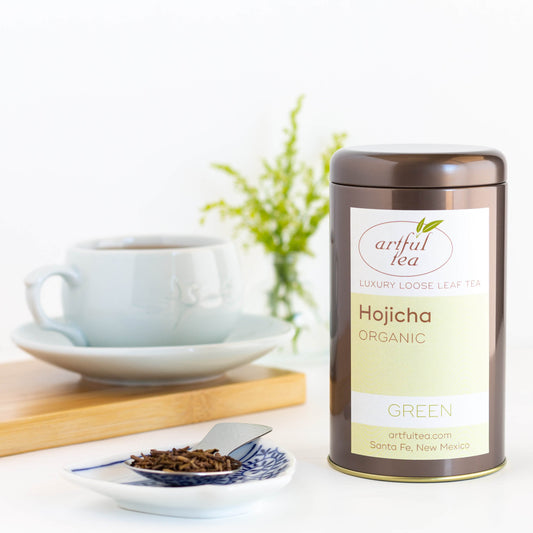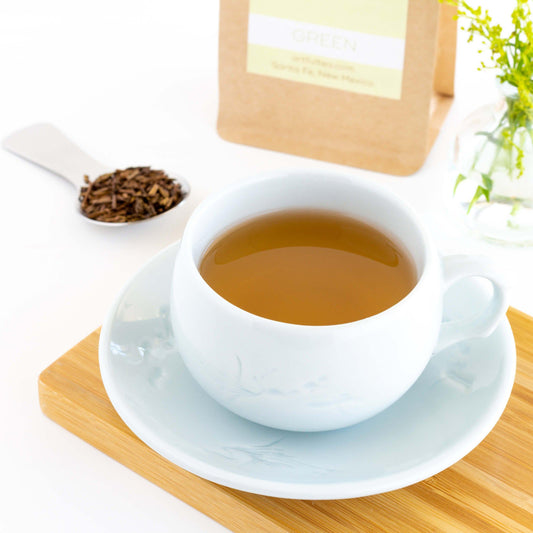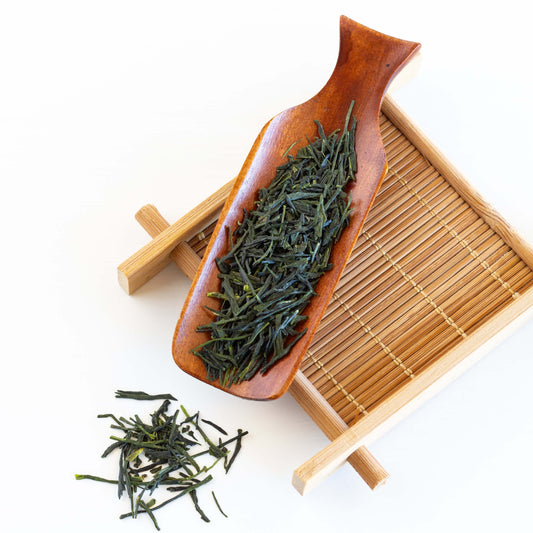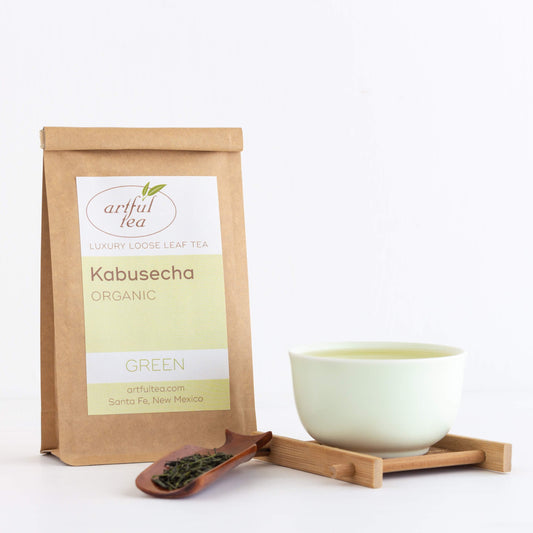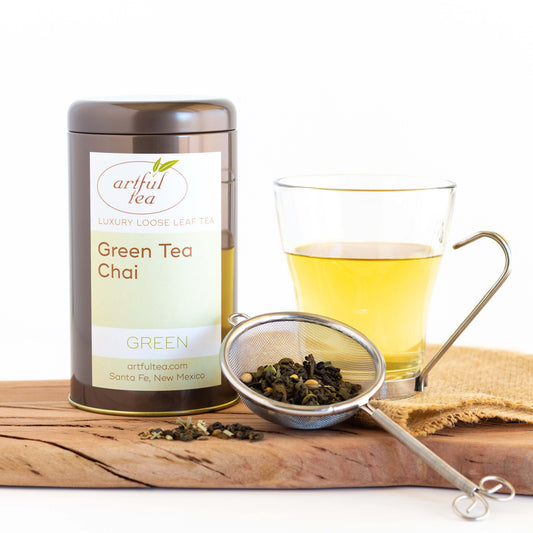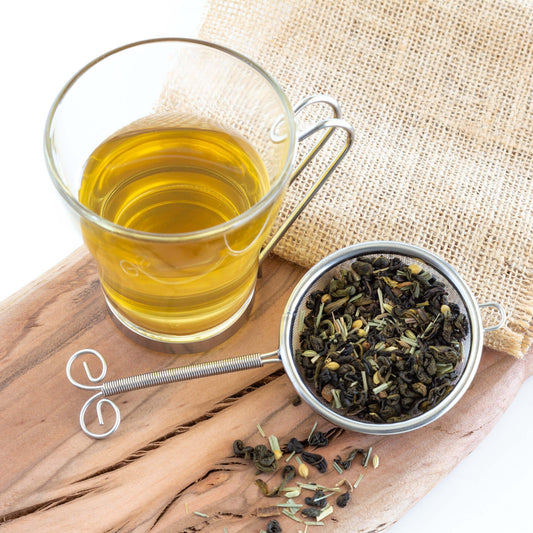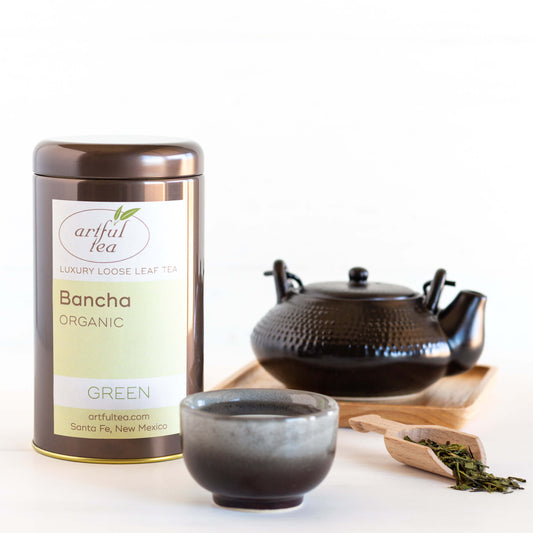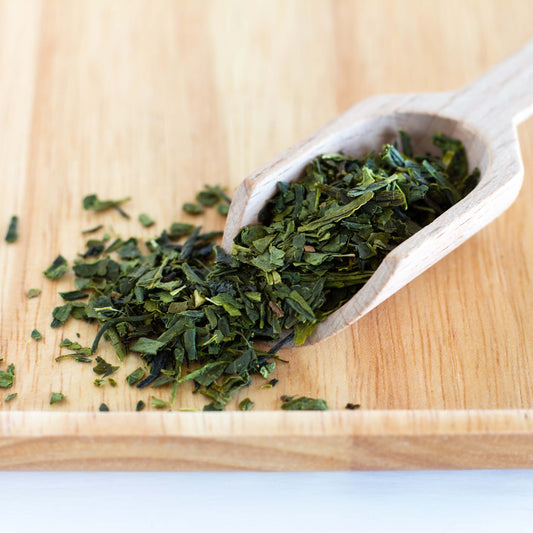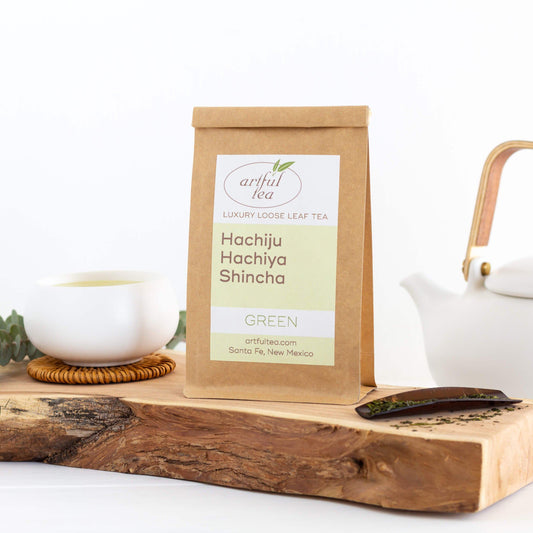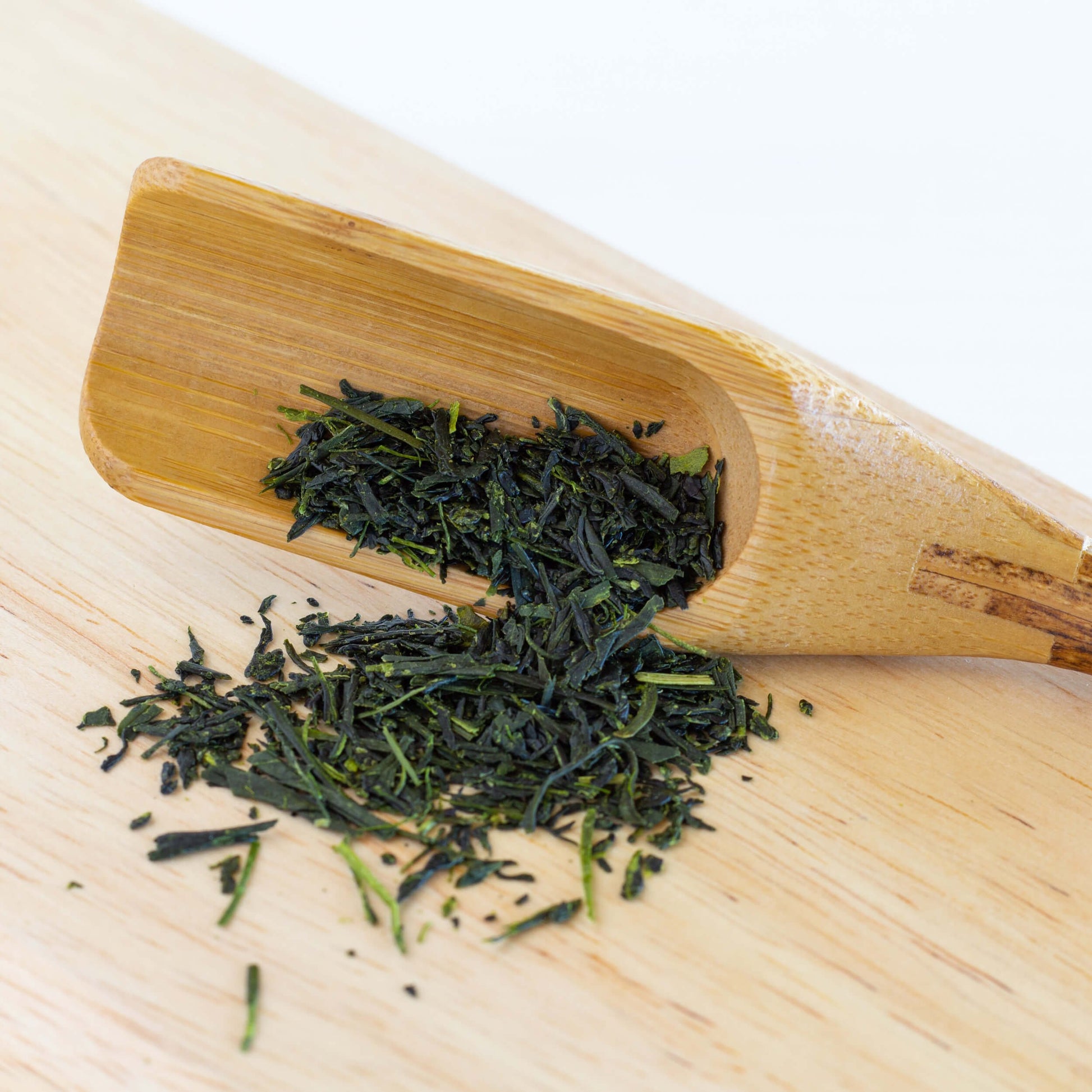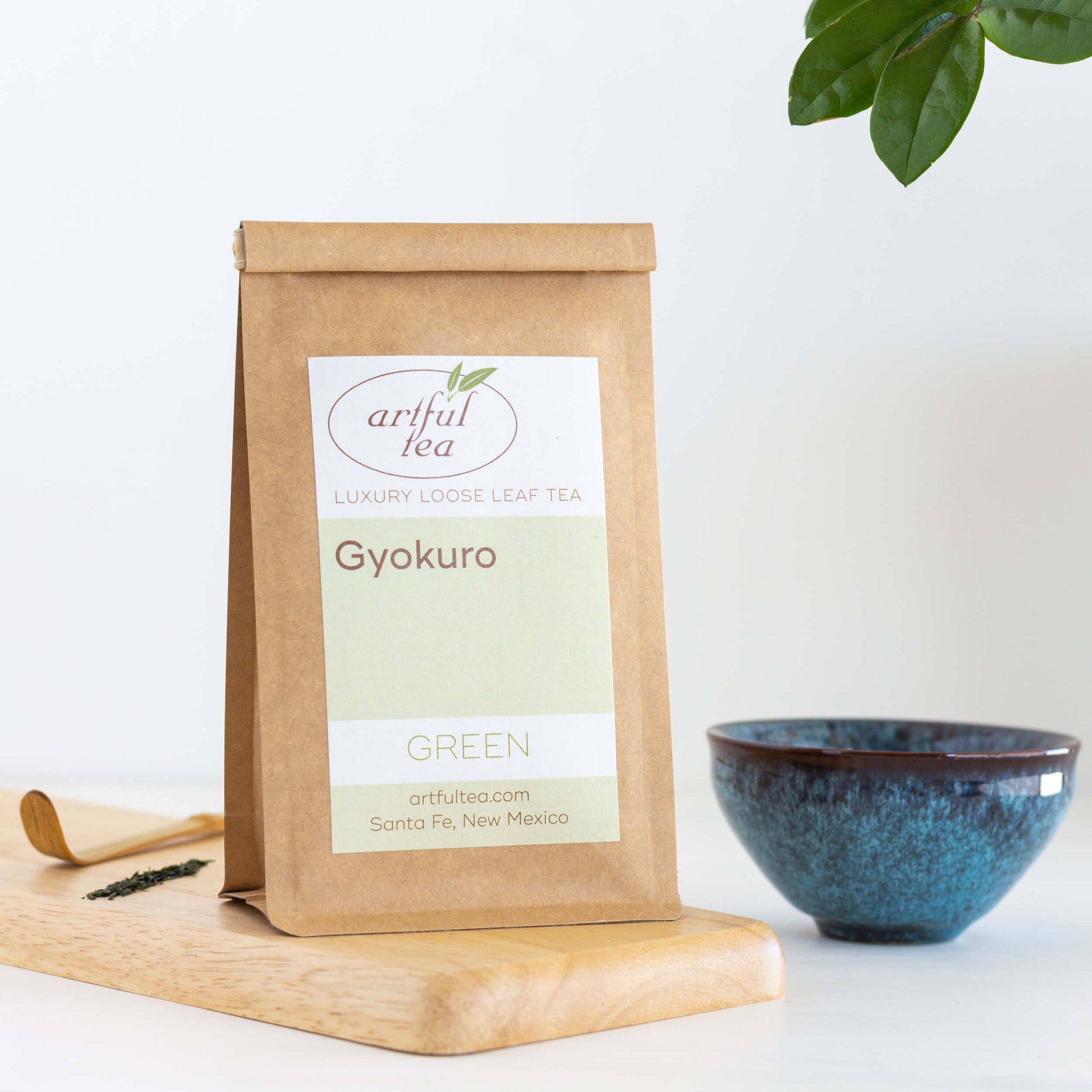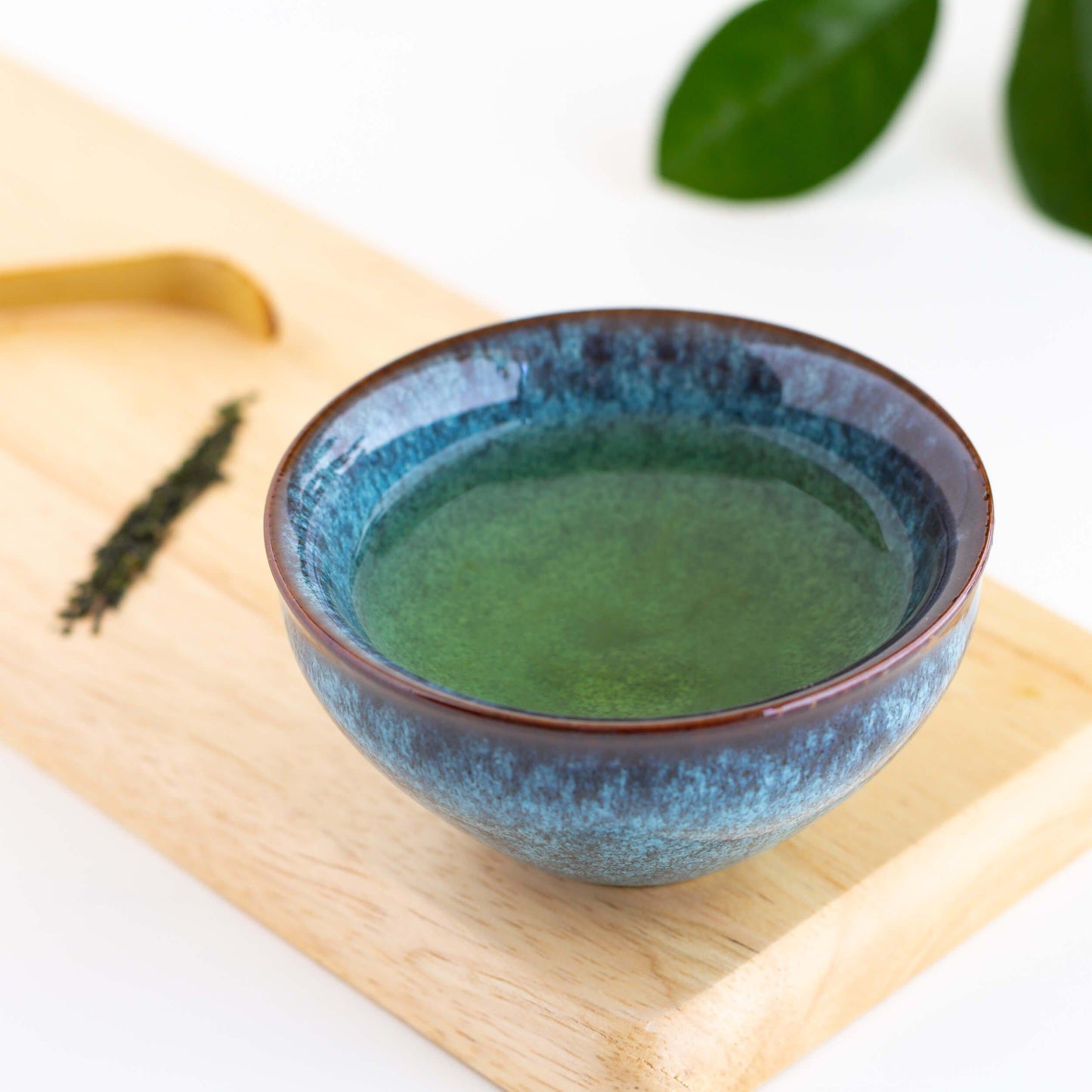What is green tea?
Green tea is produced from the leaves of camellia sinensis, the same plant from which black, oolong, white, and purple teas are made. While it originated in China hundreds of year ago, green tea is now produced throughout Asia, in countries including Japan, Korea, and Vietnam. Unlike black and oolong teas, green tea is unoxidized, resulting in a lighter color brew and a mellower flavor. There are many different varieties of green tea, whose unique flavors depend on factors such as the location, growing conditions, and preparation process.
Choosing a green tea
There are many different kinds of green teas to choose from—and that's just classic, single-ingredient teas. If you're including flavored blends in the list, the options are endless. But many people, whether they're new to the world of green tea or are daily tea drinkers, have strong preferences when it comes to what type of green tea they like best. Some prefer umami-rich, oceanic Japanese greens, some like dry, nutty Chinese green teas, and others prefer unique blends with flavors like raspberry, vanilla, and turmeric.
If you want: a classic green tea with more umami
Japanese green teas are known for their rich, oceanic depth of flavor. These tea leaves are typically steamed to halt the oxidation process, which accentuates the vegetal, almost sea-weed like character of these teas. They're delicious on their own, and also pair well with savory foods like fresh fish or miso soup.
1. Sencha Green Tea
From Shizuoka on the Fujiyama mountain slopes, our organic Sencha is a classic example of a Japanese green tea. Sencha is one of the most popular green teas in Japan, and for good reason. This tea has a medium body and brews up into a pale green-gold liquor, with citrus and oceanic notes.
2. Gyokuro Green Tea

A shade-grown tea produced from the leaves of the first harvest, Gyokuro is one of the most prized teas in Japan, and is famed for its savory umami character. Gyokuro tea plants are shaded for at least three weeks prior to harvest, which increases the chlorophyll content in the plants and results in a dark, blue-green tea leaf with a rich, oceanic flavor and a subtle sweetness. This process also increases the caffeine and theanine content of the tea. Gyokuro is Japanese for “jade dew,” which refers to the bright green color of the brewed tea. Our Gyokuro is sourced from Fukuoka Prefecture.
3. Kabusecha Green Tea
Kabusecha, which means “shaded tea” in Japanese, is a high-end green tea similar in character to Gyokuro. Kabusecha is high in both l-theanine and caffeine when compared to other green teas, and has a rich umami character with a lingering sweetness. The deep, viridescent green leaves brew up into a beautiful straw-colored liquor, with hints of emerald.
Kabusecha tea plants are shaded for two weeks prior to harvest. This moderate amount of shade allows Kabusecha to be grown organically, while still reaping the many flavor and health benefits of shaded green tea. Our Kabusecha is sourced from Kagoshima Prefecture.
If you want: a lighter, nuttier classic green tea
Chinese green teas are typically lighter than Japanese green teas. While they can sometimes be bold in terms of flavor, as is the case with Gunpowder green tea and a few other blends, they're not as umami-forward—instead they tend to be fresh, nutty, and floral.
1. Dragon Well Green Tea
Dragon Well is an exceptional Chinese green tea, with an earthy aroma, mellow taste, and nutty and vegetal notes. The tea leaves are pressed flat into long, needle-like shapes, and brew up into a beautiful pale green-gold liquor.
2. Chun Mee Green Tea
Chun Mee has a distinctive plum-like flavor and buttery taste that is sweeter and lighter than many green teas. Also known as “precious eyebrow” tea because of the delicate, eyebrow-like shape of the tea leaves, this tea is an exceptional example of a classic Chinese green tea, with a mellow flavor and clean finish.
3. Gunpowder Green Tea
From an estate west of Hangzhou, this classic Gunpowder green tea has a medium body and steeps into a beautiful green-gold liquor with a smooth, hearty flavor and nutty, vegetal, and slightly smoky notes. It holds up well to repeated infusions. Gunpowder gets its name from its tightly rolled leaves.
If you want: a fan-favorite flavored blend
These flavored blends feature classic combos that have stood the test of time: green tea, ginger, and lemon, green tea and mint, green tea and jasmine. They're popular for a reason, and are a great introduction to green teas for new tea drinkers.
1. Linda's Lemon Ginger Green Tea
Soothing and uplifting, this blend of green tea, ginger, lemon peel, and lemongrass is sure to put a spring in your step. Delicious hot, Linda's Lemon Ginger also makes an excellent iced tea!
2. Moroccan Mint Green Tea
In Morocco, mint green tea is a sign of hospitality and friendship. Our Moroccan Mint blends the finest Chinese gunpowder tea with exceptional quality spearmint. A lively and refreshing tea that's delicious served hot or iced.
3. Jasmine Yin Cloud Green Tea
Jasmine Yin Cloud features a Chinese green tea lightly scented with fresh jasmine blossoms. This floral, aromatic tea is one of our most popular green teas. Delicious enjoyed hot, it also makes a great iced tea!
If you want: something fun & fruity
Green tea is a great base for fruit-forward flavored blends. These flavored teas blend green tea leaves with fruits and flowers like raspberry, orange, cherry, and rose petals. Another great option for new tea drinkers who are looking for something a little on the sweeter side.
1. Cherry Rose Green Tea
Cherry Rose is a fragrant, floral blend of organic green tea, organic rose petals, and organic cherry flavor. A great tea to sip while you're dreaming of springtime cherry blossoms!
2. Raspberry Orange Rhapsody Green Tea
This mellow Chinese green tea blends sweet raspberry and tart orange for a fragrant, delicious tea that will have you waxing rhapsodic. Raspberry Orange Rhapsody is delicious hot, and also makes a refreshing iced tea.
3. Sunrise Melody Green Tea
Sunrise Melody blends green tea with strawberry, orange, and lemongrass. This light, refreshing green tea is sure to brighten your day! Sunrise Melody is delicious hot and also makes an excellent iced tea.
Preparing green teas
Green teas require a little more precision when preparing them in order to get the best flavor. Unlike black teas and herbal teas, green teas shouldn't be prepared using boiling water, since this can burn the tea leaves and result in an unpleasantly bitter cup.
While exact preparation instructions vary from tea to tea, in general we recommend heating water to approximately 175 degrees (steaming but not boiling) and infusing your tea leaves for one to two minutes. Brewing tea isn't an exact science—so feel free to play around with it and use the preparation method that works best for you!
FAQs
What is the best brand of green tea?
Well, obviously we're a little biased—but we recommend looking for a tea provider that offers high quality loose leaf teas, since these tend to be more flavorful.
When is the best time to drink green tea?
Again, we're a little biased here—we think anytime is a great time for a cup of tea! That said, many people like to enjoy green tea in the morning or early afternoon. Since green tea is caffeinated (containing about half the caffeine of a cup of coffee) you might want to switch to an herbal tea in the afternoon so it doesn't keep you up at night.
How can I make green tea taste better?
Many people think that green tea tastes bitter—but this is often because they're not preparing it in an optimal way. To make your green tea taste better, we recommend brewing it with water that is steaming but not boiling (about 175 degrees), and infusing your tea leaves for only one to two minutes.
